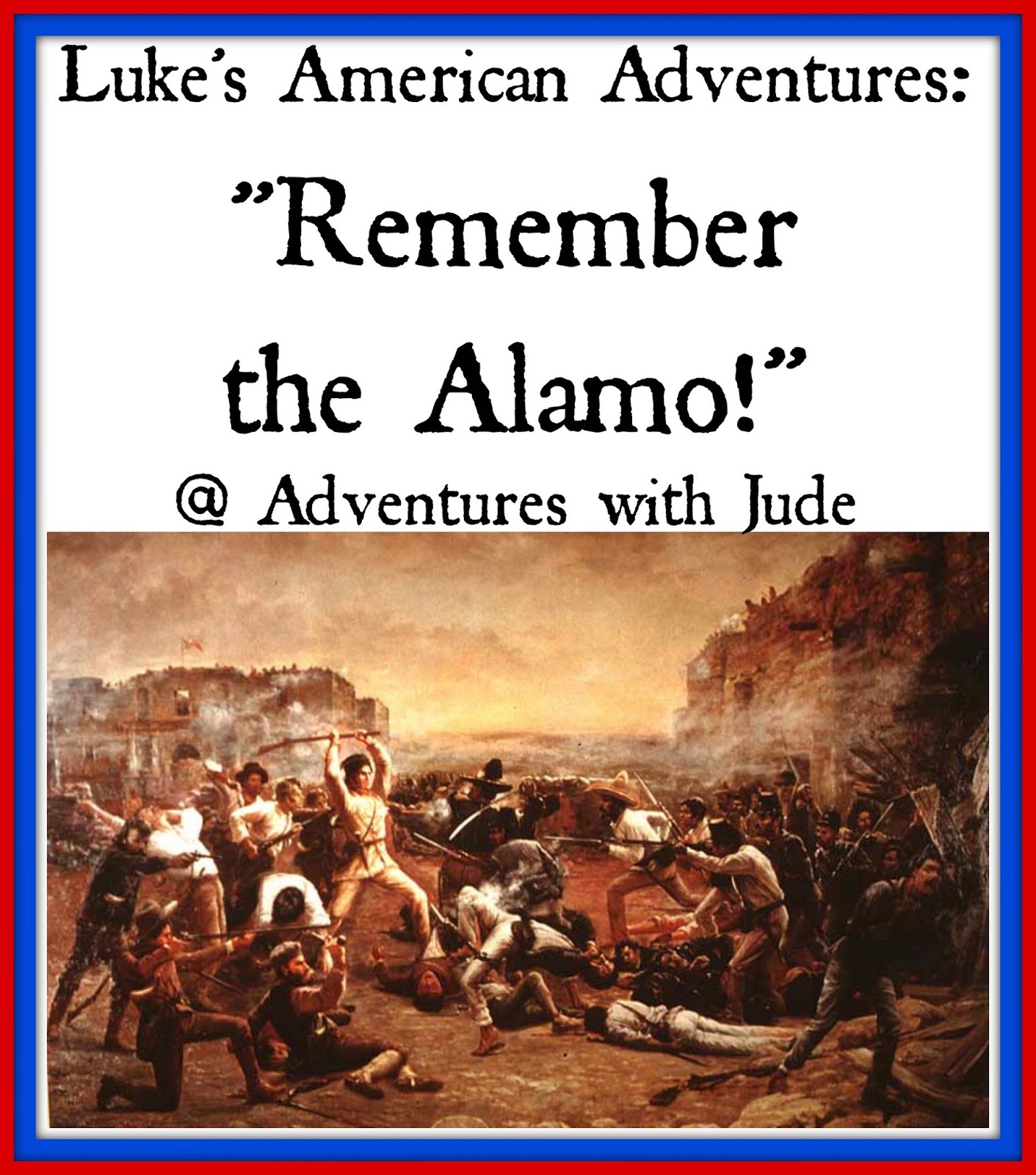In the early 18th century, Spanish Franciscan priests emigated to Mexico and established the San Antonio de Valero misson along the San Antonio River. By 1800, the priests were displaced and the mission's land seized by the Mexican Army for military uses. Occupying soldiers renamed the mission-turned-garrison "El Alamo" because of the cottonwood trees ("los alamos") surrounding it. Eventually the mission’s name was anglicized as “The Alamo.” Most of us have heard the expression "Remember the Alamo!” but exactly why do we remember it?
| The Alamo 1854/ Gleason's Pictorial Drawing Room Companion US Public Domain |
After an 11-year struggle, Mexico gained its freedom from Spain in 1821. That same year, Agustin de Iturbide, a Spanish general turned rebel and a hero of the revolution, became emperor of the new nation. American colonists were allowed to settle in Texas, with the provision that all immigrant landowners had to be Roman Catholic. However, Iturbide’s extravagant regime alienated many, and soon General Antonio López de Santa Anna led a revolt that overthrew Iturbide and established a Mexican republic. Unfortunately, the citizens were not capable of running a self-government efficiently. In fact, there was such chaos that 13 presidents governed the republic during its first 15 years of independence! During this tumultuous struggle for control in Mexico, the northern territory of Texas was mostly neglected, but when Mexico redefined its territories in 1824, Texas lost its independence, was merged with Coahuila, and the capital was moved from San Antonio de Béxar to Saltillo. Armed citizens gathered in protest, and in September, 1835, they petitioned for statehood separate from Coahuila. They wrote out their needs and complaints in The Declaration of Causes, wanting to show that they had the same rights as other citizens.
In the mid-1830s, a fight for independence from Mexico developed between Texans and Mexicans. By this time, Santa Anna was in power (having seized control in 1833), and he advocated the removal of all foreigners. His answer was to send his best troops, commanded by his brother-in-law, General Martín Perfecto de Cós, to San Antonio to disarm the Texans. By October 1835, San Antonio de Béxar was under Mexican military rule. On December 5, 1835, a ragtag troop of 200 Texan volunteers, commanded by Ben Milam, attacked Cós’ 1,200 Mexican troops at San Antonio de Béxar, which was about 400 yards from The Alamo compound. Cós finally surrendered the Alamo on December 9.
| William Barret Travis by Henry McArdle US Public Domain |
Have you ever hear someone say, “This is my line in the sand?” Some accounts hold that with the possibility of additional help fading, Travis “drew his sword and traced a line in the sand with its tip. He asked every man who was willing to defend the fort to the death to cross it. Only one man didn't cross.” (1)
The final assault came before daybreak on the morning of March 6, 1836, as hordes of Mexican soldiers stormed the walls of the fort. Cannon and small arms fire from inside the Alamo beat back several attacks, but eventually the Mexicans scaled the walls and rushed into the compound. By sunrise, the battle had ended, and Santa Anna entered The Alamo to survey his victory. The defenders had held out for 13 days against Santa Anna's army, but ultimately were unable to prevail. As a show of power, Santa Anna ordered the slaughter of nearly every survivor, leaving only a few women and slaves alive.
 |
| Texas: The Lone Star |
The Battle of the Alamo was a pivotal event in the Texas Revolution. The insurgents' refusal to surrender to the Mexican forces served to stimulate other rebels to continue fighting, and word spread as the few survivors returned to their villages. Though the battle at the Alamo was a loss for Texas, it spurred the rebels to take up the fight again. Soldiers went into battle shouting, “Remember the Alamo!” and eventually Texas won independence on April 21, 1836, becoming the Republic of Texas. The nickname “The Lone Star” is tribute to it becoming separate from other nations. While the facts surrounding the siege of the Alamo may sometimes be debated, there is no doubt about what the battle has come to symbolize. People continue to remember the Alamo as a heroic struggle against impossible odds, and use the battle cry as a reminder to not give up.
Recommended Reading:
(1) Why do we remember the Alamo?
Battle of the Alamo
The Alamo: The 1836 Battle

©2012- 2014 Adventures with Jude. All rights reserved. All text, photographs, artwork, and other content may not be reproduced or transmitted in any form without the written consent of the author. http://adventureswithjude.com


Thanks for linking up at the Thoughtful Spot Weekly Blog Hop!
ReplyDelete